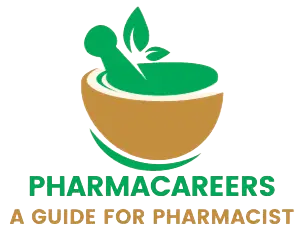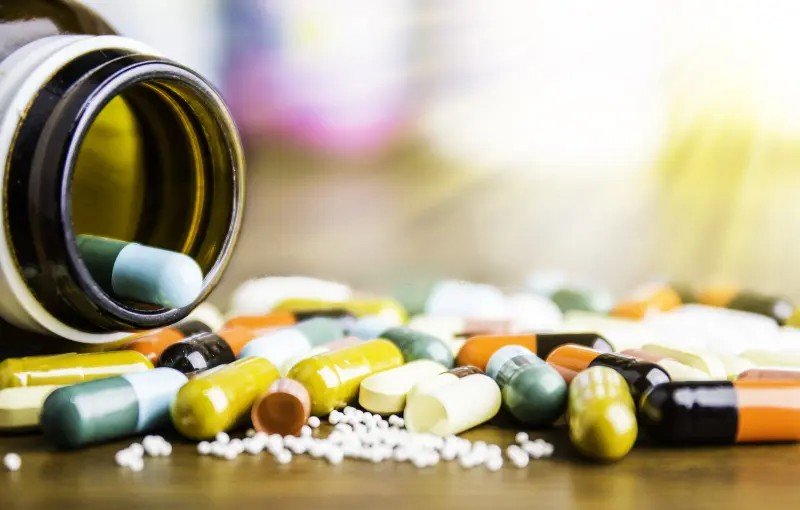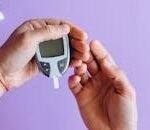-
Critical solution temperature (CST) and distribution law
Critical solution temperature (CST) and distribution law The Critical Solution Temperature (CST) is the temperature at which two partially miscible liquids become completely miscible in all proportions. There are two types: the Upper Critical Solution Temperature (UCST), above which the liquids are fully miscible, and the Lower Critical Solution Temperature (LCST), below which they are
-
Pharmacy Practice MCQ
Pharmacy Practice MCQ, in this article we will solve, Practice MCQ on the topic, factors affecting solubility of drugs, under subject physical pharmaceutics. Read following article for your reference Factors Affecting Solubility Of Drugs » PHARMACAREERS What is the primary use of solubility parameters in pharmaceuticals? A) To determine the melting point of a compound B) To
-
Solubility of Gases in Liquids, binary solutions, Roult’s law
Solubility of Gases in Liquids When a gas dissolves in a liquid, it forms a solution. The solubility of a gas in a particular liquid refers to the volume of that gas (converted to standard temperature and pressure conditions) that can dissolve in one cubic centimeter (1 cc) of the liquid. This process occurs at
-
Pharmacy Practice MCQ
Pharmacy Practice MCQ, in this article we will solve, Practice MCQ on the topic, ideal solubility parameters under subject physical pharmaceutics. Read following article for your reference. Ideal solubility parameters What is the primary use of solubility parameters in pharmaceuticals? A) To determine the melting point of a compound B) To predict the solubility of drugs in
-
Pharmacy Practice MCQ- Solubility Expressions
Pharmacy Practice MCQ, in this article we will solve, Practice MCQ on the topic, Solubility expressions and mechanism of solute solvent interactions. Read following article for your reference. Solubility Expressions And Mechanism Of Solute Solvent Interactions » PHARMACAREERS What is solubility? A. The ability of a solute to dissolve in a solvent B. The ability of a
-
Factors affecting solubility of drugs
Factors affecting solubility of drugs When it comes to designing effective pharmaceutical formulations, understanding the solubility of drugs is crucial. Poor solubility can lead to suboptimal drug delivery, variable bioavailability, and ineffective treatment. These factors interact with each other, and their impact can vary depending on the specific drug and its chemical properties. So, let’s
-
Solvation and Association
Solvation and Association In the intricate dance of pharmaceutical science, where molecules waltz in solution, two central partners emerge: solvation and association. These concepts, akin to the choreography of drug formulation, dictate the fate of therapeutic agents within our bodies. So, let us unravel their steps, adhering to the precise language found in textbooks. Solvation
-
Ideal solubility parameters
Ideal solubility parameters Ideal solubility parameters (ISPs) are like the secret handshakes they exchange. ISPs consider three forces: dispersion (think subtle nods), polarity (like magnets finding their match), and hydrogen bonding (warm chemistry hugs). When a drug meets a solvent, they dance—matching ISPs mean better solubility. It’s molecular harmony. Formulators use ISPs to create drug
-
Solubility expressions and mechanism of solute solvent interactions
Solubility expressions and mechanism of solute solvent interactions Solubility of drugs plays an important role designing effective pharmaceutical formulations. Solubility refers to the phenomenon of a solute (such as a drug molecule) dissolving in a solvent (usually water) to create a homogeneous solution. Achieving the desired concentration of a drug in the systemic circulation is
-
Practice MCQ For Government Pharmacist Exams
Practice MCQ For Government Pharmacist Exams Pharmaceutics I unit V Semisolid dosage forms: Definitions, classification, mechanisms and factors influencing dermal penetration of drugs. Preparation of ointments, pastes, creams and gels. Excipients used in semi solid dosage forms. Evaluation of semi solid dosages forms Dawnload answers in PDF, Pharmaceutics I unit V Definition:Semisolid dosage forms are:
Search
Recent Posts
- 2D Echo Test (Echocardiography): Uses, Procedure, Normal Values, Cost, and Clinical Importance
- The Ultimate Guide to Glucometers: Types & Uses Explained
- Mounjaro Injection (Tirzepatide): Uses, Dosage, Benefits, Side Effects & more
- Benefits of Walking for Heart and Diabetic Patients
- Bevacizumab Explained: Structure, Mechanism of Action, Clinical Uses, and Side Effects
Categories
- Biochemistry
- Biostatistics
- Biotechnology
- Blogs
- Chemistry
- Community Pharmacy
- Diagnostic tests
- Disease & Conditions
- Drug Index
- Featured Blog
- Hospital Pharmacy
- Human Anatomy And Physiology
- Inorganic Chemistry
- Lifestyle & Wellness
- Medicinal Chemistry
- Microbiology
- Miscellaneous
- Novel Drug delivery Systems
- Organic Chemistry
- Pathophysiology
- Pharma Instruments & Devices
- Pharma News & Updates
- Pharma Updates
- Pharmaceutical Analysis
- Pharmaceutical Jurisprudence
- Pharmaceutics
- Pharmacognosy
- Pharmacology
- Pharmacy
- practice mcq
- Previous Question Papers
- Social Pharmacy
- Study Material
Archive
- December 2025 (3)
- November 2025 (1)
- October 2025 (1)
- September 2025 (7)
- August 2025 (7)
- July 2025 (6)
- June 2025 (9)
- May 2025 (9)
- April 2025 (10)
- March 2025 (13)
- February 2025 (13)
- January 2025 (20)
- December 2024 (48)
- November 2024 (49)
- October 2024 (64)
- September 2024 (62)
- August 2024 (58)
- July 2024 (56)
- June 2024 (25)
- May 2024 (17)
- April 2024 (19)
- March 2024 (21)
- February 2024 (18)
- January 2024 (24)
- December 2023 (13)
Tags
biochemistry bpharmacy third semester Construction free practice mcq inorganic chemistry microbiology microbiology mcq pathophysiology Pharmaceutical Engineering pharmaceutics Pharmacology pharmacy practice mcq physical pharmaceutics physical pharmaceutics 2 practice MCQ for govt pharmacist exam





